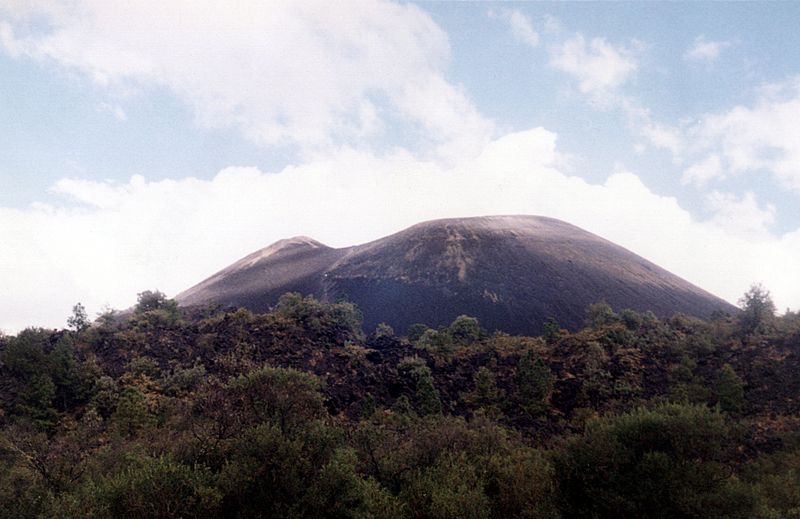
Paricutin Facts
- Paricutin is a cinder cone volcano located in the Mexican state of Michoacan and lies close to a village of the same name.
- Unfortunately for the inhabitants, ensuing lava flows subsequently buried the village.
- The volcano is a unique marvel of geology in that its evolution from creation to extinction was witnessed, observed and studied.
- This volcano also appears on many versions of the Seven Natural Wonders of the World.
- Paricutin is part of a volcanic field that covers much of west-central Mexico, in North America, and is also a part of the Ring of Fire.
Related Articles
Mount Erebus Stromboli Kelimutu
Paricutin History
Firstly, about three weeks prior to the actual eruption, people near Paricutin village heard rumbling noises that resembled thunder. These were actually extremely deep magmatic earthquakes.
Secondly, Paricutin also began as a small fissure in a local cornfield. A local farmer owned the field at the time of the initial eruption. The cone first began forming on February 20, 1943.
The farmer and his wife also witnessed that first eruption of ash and stones first-hand while working in the field. The volcano grew rather quickly, attaining a height of approximately five stories tall in only one week.
Within one month it could be seen from a distance. Much of the volcano’s growth occurred during its first year. This was during the explosive pyroclastic phase.
The nearby village of Paricutin was buried in lava and ash, along with another village. All of the residents had to relocate to vacant land nearby.
Paricutin Formation
By the end of the pyroclastic phase, the volcano had grown to 1,102 ft (336 m) in height or as much as the Eiffel Tower.
For the next eight years, the volcano continued erupting. This phase main characteristic was relatively quiet eruptions of lava that seared the surrounding 9.7 sq mi (25 sq km) of land.
The volcano’s activity slowly declined during this period until the last six months of the eruption. During those last six months, violent and explosive activity was frequent. In 1952, the eruption ended and the cone became quiescent.
Paricutin attained a final height of 1,391 ft (424 m) above the cornfield where it began. The volcano has been quiet since then.
Like most cinder cone volcanos, this one is most likely a monogenetic volcano meaning that once it has finished erupting, it will never erupt again. Any new eruptions in a monogenetic volcanic field will erupt in a new location.
Features Sharing Its Region
McWay Falls Giant Crystal Cave Death Valley
Check out our other articles on Cocos Island, Ngorongoro Crater, Gulper Eel, Fennec Fox, 7 Spellbinding African Marvels

